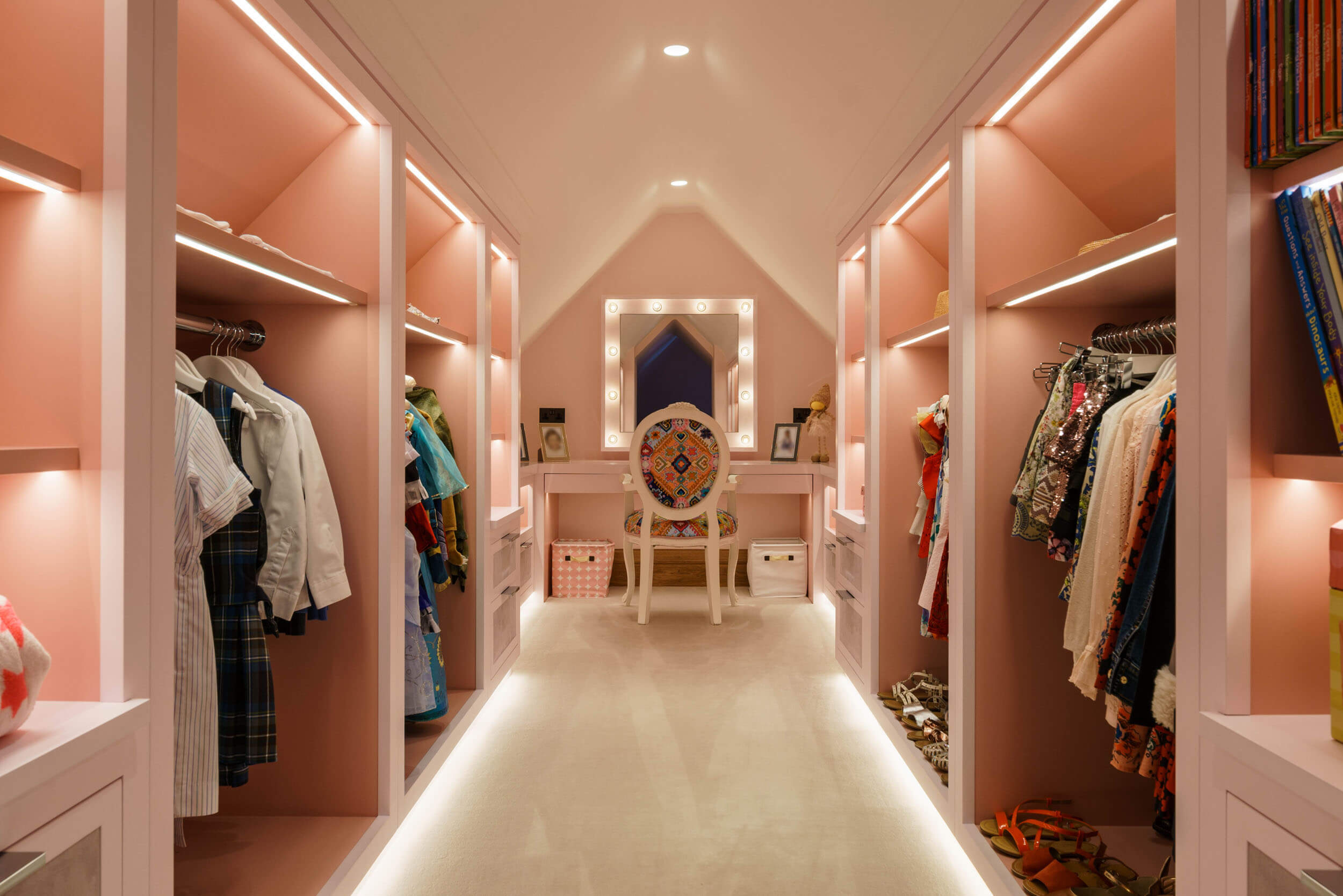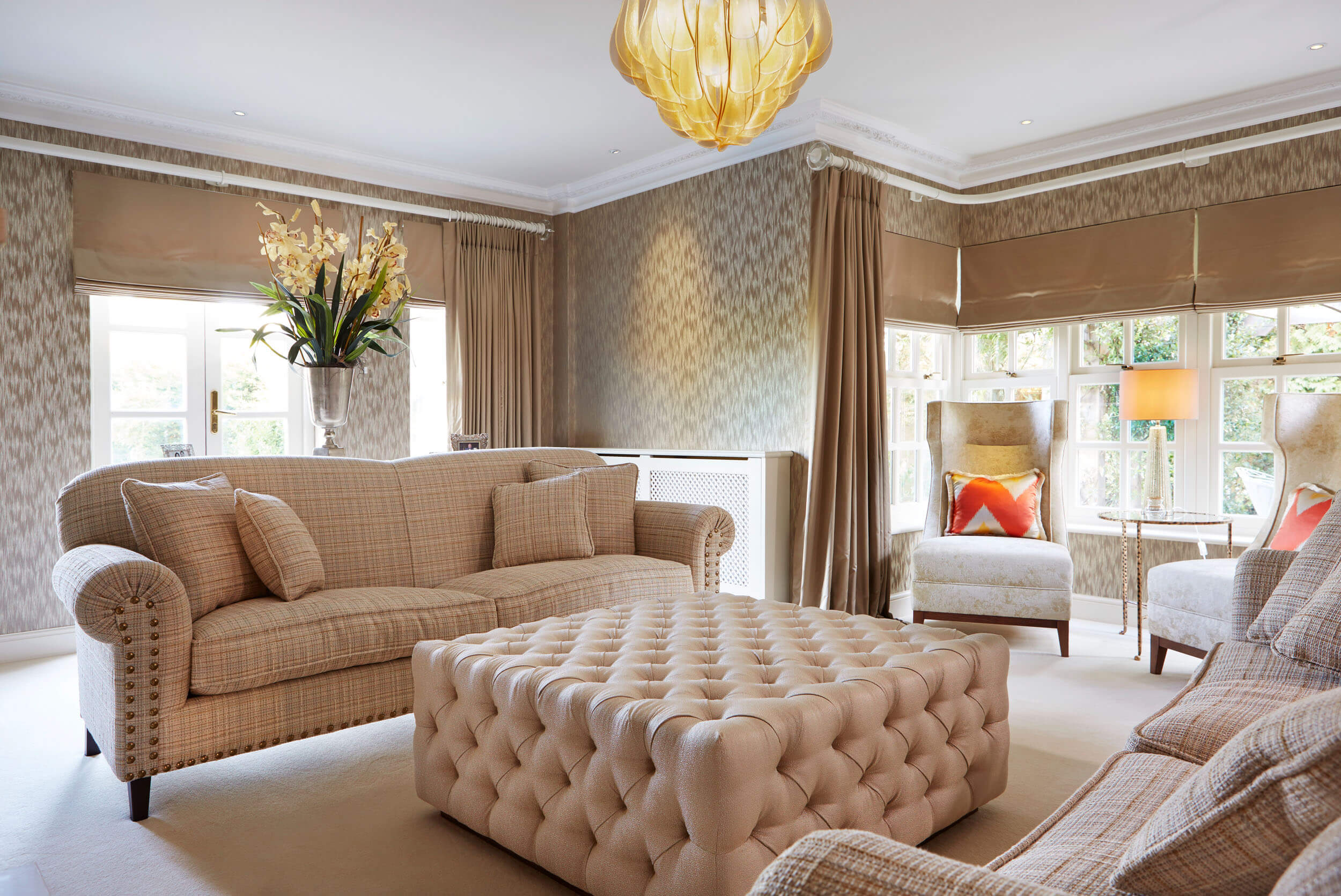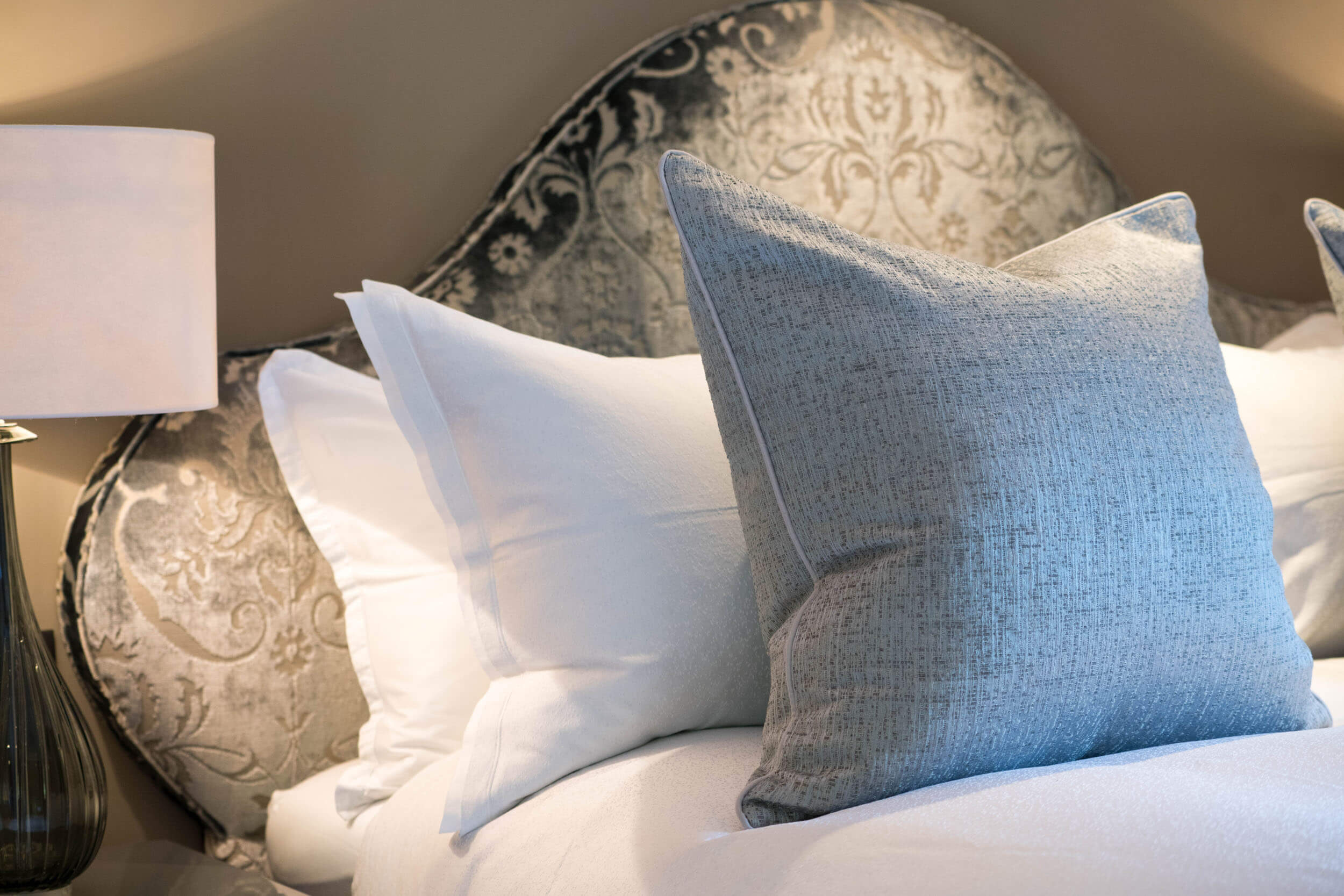Our Guide to Interior Lighting
Basics
Your home lighting plays a role in the mood created in each room. It does far more than just illuminate the room – proper styled lighting warms cosy living rooms and brightens open kitchen spaces.
Our guide helps you understand how to maximise your home lighting to create your desired atmosphere, from bedroom to home office.
First, we’ll look at the different types of lighting – natural and artificial. You’ll always want a combination of the two for a stylish and functional interior, which lends itself to summer afternoons and movie nights alike.





